 Queen Anne’s Lace is said to have been named after Queen Anne of England, an expert Lace maker. English legend tells us that Queen Anne challenged the ladies of the court to a contest to see who could produce a pattern of Lace as lovely as the flower of this plant. No one could rival the queen’s handiwork. She however, pricked her finger with a needle and a single drop of blood fell into the Lace that is said to be the dark purple floret in the center of the flower.
Queen Anne’s Lace is said to have been named after Queen Anne of England, an expert Lace maker. English legend tells us that Queen Anne challenged the ladies of the court to a contest to see who could produce a pattern of Lace as lovely as the flower of this plant. No one could rival the queen’s handiwork. She however, pricked her finger with a needle and a single drop of blood fell into the Lace that is said to be the dark purple floret in the center of the flower.
Queen Anne’s Lace (Daucus carota) is also known as Queen Anne’s Laceflower, Wild Carrot, Wildflower Seed, Bishop’s Lace, Bird’s Nest and as Ammi Majus Queen of Africa. It symbolizes a haven or sanctuary and signifies complexity and delicateness.
Queen Anne’s Lace is a flowering plant in the family Apiaceous. Most likely it’s a native of the sea-coasts of Southern Europe which has degenerated into its present wild state, but is of very ancient cultivation. The name ‘Carrot’ is Celtic, and means ‘red of color,’ and Daucus is from the Greek dais to burn, signifying its pungent and stimulating qualities.
 During the flowering period the head is nearly flat or slightly convex, but as the seeds ripen the form becomes very cup-like; hence one of the popular names for this plant is “bird’s nest.” The seeds are covered with numerous little bristles arranged in five rows.
During the flowering period the head is nearly flat or slightly convex, but as the seeds ripen the form becomes very cup-like; hence one of the popular names for this plant is “bird’s nest.” The seeds are covered with numerous little bristles arranged in five rows.
Queen Anne’s Lace is edible when young but the root, especially the center, soon gets tough. It is creamy or yellowish in color, spindle-shaped, slender, firm and woody; a pernicious weed in some areas.
We recommend that you defoliate Queen Anne’s Lace before using in bouquets and/or arrangements as the foliage tends to turn yellow quickly, but it does not adversely affect the flower umbels.
Often used for wedding work Queen Anne’s Lace has made a big comeback in popularity in the past several years. It also tints well with the immersion method.

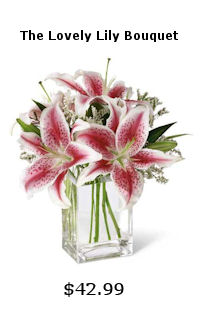
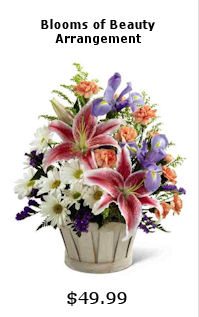



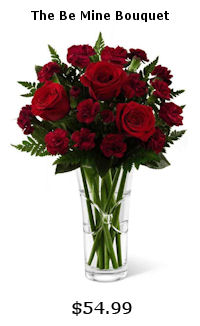
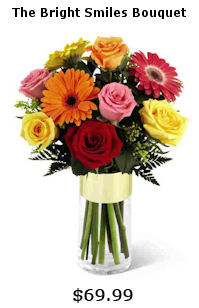
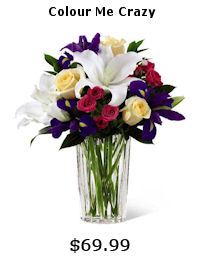
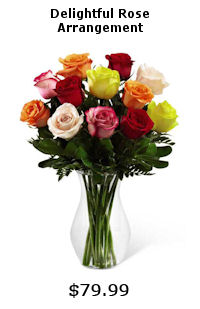










Pingback: How to Get Rid of Aphids Naturally | The Blog Farm
Pingback: How to Get Rid of Aphids Naturally | Grower Direct Fresh Cut Flowers Presents…
Pingback: Fun Flower Facts: Snapdragon (Antirrhinum) | Grower Direct Fresh Cut Flowers Presents…
Pingback: What are Biennial Flowers? | Grower Direct Fresh Cut Flowers Presents…
Pingback: Flowers Available in Winter | Grower Direct Fresh Cut Flowers Presents…